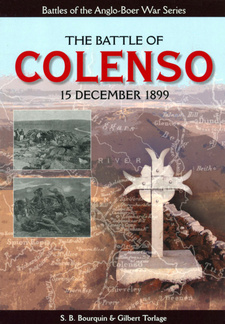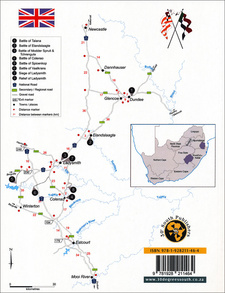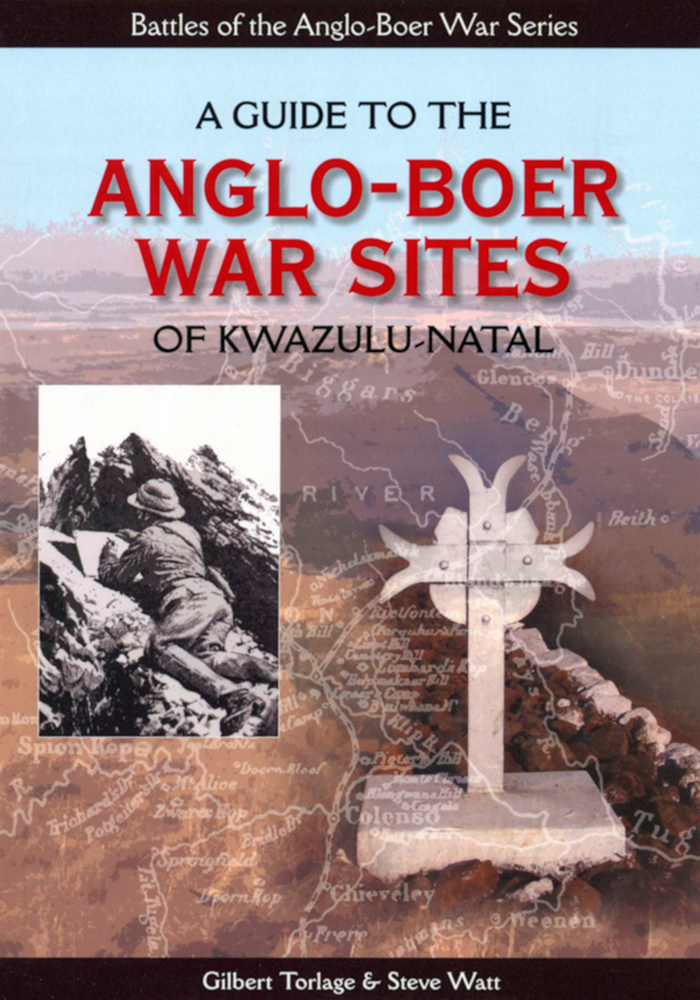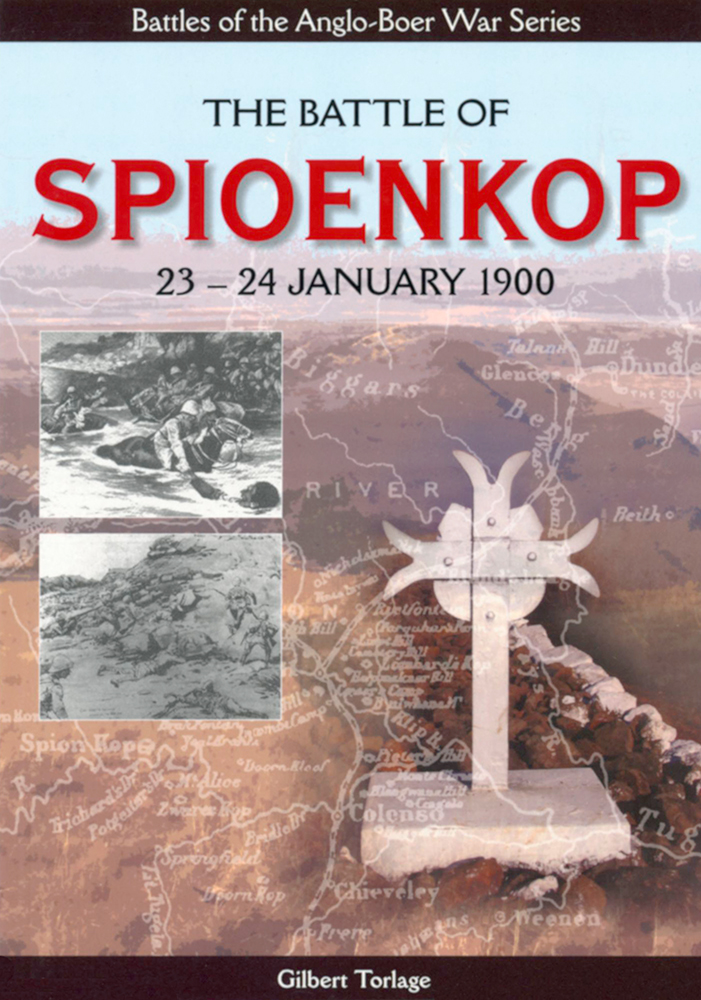The Battle of Colenso 15 December 1899, by S. B. Bourquin and Gilbert Torlage

The Battle of Colenso 15 December 1899, by S. B. Bourquin and Gilbert Torlage. The Anglo-Boer War Battle Series. Publisher: 30 Degrees South Publishers (Pty) Ltd. 2nd edition. Johannesburg, South Africa 2014. ISBN 9781928211419 / ISBN 978-1-928211-41-9

Overview map of the battle of Colenso 15 December 1899.
This is an excerpt from the introduction to The Battle of Colenso by the South African authors S. B. Bourquin and Gilbert Torlage.
Gilbert Torlage S. B. Bourquin
[...] At the same time, it has been said that no British general had been so caring for the welfare of his soldiers as was Buller during his campaign. He made sure that they suffered as little hardship and discomfort as was militarily and humanly possible. For this concern, and also for his personal courage and coolness, he was idolised by his soldiers. That quality did not help him win battles, especially not against an opponent largely concealed on the battlefield, as at Colenso. General Buller arrived at his headquarters at Frere and took over the command of the Natal Field Force from Lieutenant-General Sir Francis Clery on 6 December 1899, the day before his 60th birthday. The war had not gone well for Britain and certainly would not end speedily. Instead of the Boers being on the run, as expected, they were found dug in to fight and had inflicted heavy losses on the imperial armies facing them. They had besieged large British forces at Mafeking, Kimberley and Ladysmith. Worse was to follow; they impeded the march on Kimberley and beat off the British at Stormberg. The relief of Ladysmith now became Buller's primary objective. At that stage Buller's army consisted, in round figures - both combat and service troops - of 15900 infantry, 2700 cavalry, 44 guns and 1000 men in his Engineers, Army Medical and Army Service Corps.
Actions at Chieveley and Willow Grange
Soon after the Boers had besieged Ladysmith, they decided to advance further south into Natal with a force of about 2 000 burghers led by Commandant-General Piet Joubert and Assistant General Louis Botha. It was their intention to damage the railway line in order to slow up the British column advancing from the coast to relieve Ladysmith. They left camp on 13 November 1899. On 14 November they fired on a British armoured train reconnoitring from Estcourt towards Colenso, and patrols advanced to near Estcourt where there was a British force of 2 300 awaiting reinforcements from the south. On 15 November at 05:30 the armoured reconnaissance train left Estcourt again. On board were 164 officers and men of the Dublin Fusiliers and Durban Light Infantry, under the command of Captain Aylmer Haldane. At Frere they met with some Natal police who informed them that the Boers were beyond Chieveley. Haldane therefore decided to press on. At Chieveley about 50 burghers and three wagons were spotted heading southwards and it was decided to return to Estcourt. As the armoured train returned it was fired on and immediately picked up speed to get away. As it rounded a curve it crashed into a pile of stones laid on the track and some of the trucks were derailed. The Boers were ready and waiting. Under attack from both sides, the crew was rallied by Haldane, Captain Wylie of the Durban Light Infantry and the young newspaper correspondent, Winston Churchill. The derailed trucks were detached and moved aside and the wounded piled on to the engine and tender. The remaining debris was pushed aside and a successful dash made to Estcourt. A relief column met the survivors at Ennersdale. Several casualties and prisoners were left behind. Churchill was one of the prisoners, captured as he tried to run away towards Frere station. This success encouraged the Boers to advance further. They bypassed Estcourt on either side and met at Highlands, where they cut the rail and telegraph lines. [...]
This is an excerpt from The Battle of Colenso 15 December 1899, by S. B. Bourquin and Gilbert Torlage.
Title: The Battle of Colenso 15 December 1899
Authors: S. B. Bourquin; Gilbert Torlage
Series: The Anglo-Boer War Battle Series
Publisher: 30 Degrees South Publishers (Pty) Ltd.
2nd edition. Johannesburg, South Africa 2014
ISBN 9781928211419 / ISBN 978-1-928211-41-9
Softcover, 15 x 21 cm, 48 pages, 25 b/w photos and maps
Bourquin, S. B. und Torlage, Gilbert im Namibiana-Buchangebot
The Battle of Colenso 15 December 1899
The Battle of Colenso was fought on 15 December 1899 British and Boer forces and led to a heavy British defeat.
A Guide to the Anglo-Boer War Sites of KwaZulu-Natal
This guide leads to the majority of the Anglo-Boer War sites scattered throughout KwaZulu-Natal.
The Battle Of Spioenkop 23-24 January 1900
The Battle of Spioenkop took place from 23 to 24 January 1900 between the Boer and British troops.



